A Return to Roots: Why Warhammer 40K: Dawn of War 4 is the RTS We’ve Been Waiting For
Popular Now
 Among Us
Among Us
 Minecraft
Minecraft
 Rust
Rust
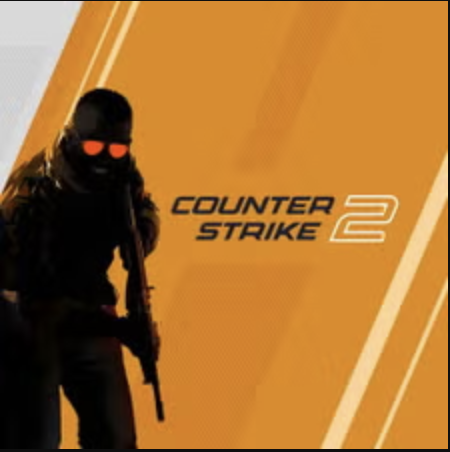 Counter-Strike 2
Counter-Strike 2
 Auto X Drift Racing 3
Auto X Drift Racing 3
 Call of Duty
Call of Duty
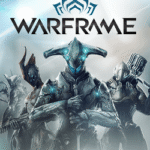 Warframe
Warframe
 Grand Theft Auto V
Grand Theft Auto V
 Poppy Playtime
Poppy Playtime
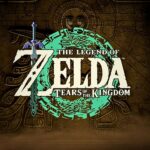 The Legend of Zelda
The Legend of Zelda 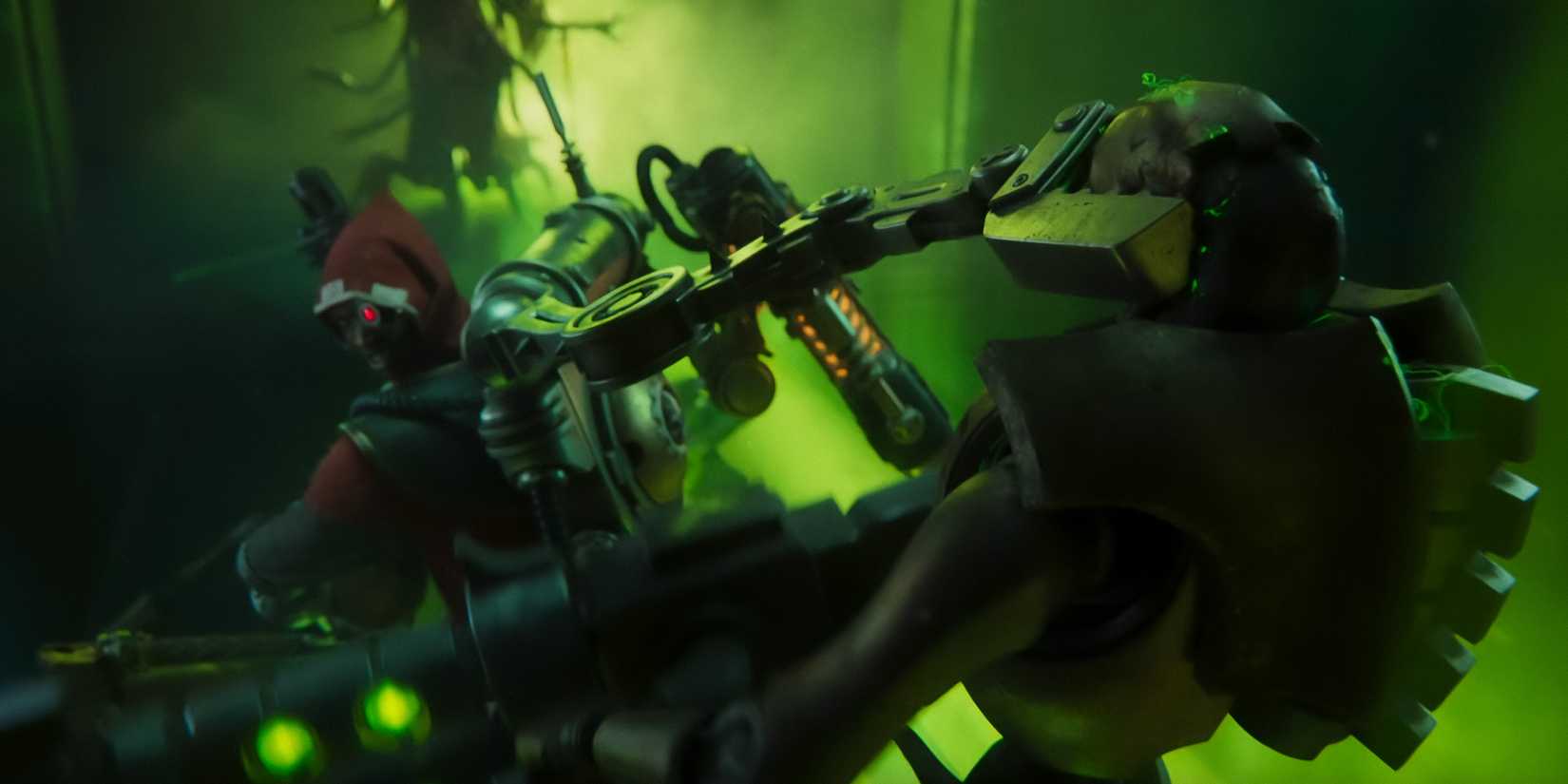
In the grim darkness of the far future, there is only war—and now, there’s a new real-time strategy game to wage it. After a long hiatus and a controversial third installment, the beloved Warhammer 40,000: Dawn of War series is roaring back to life. Revealed during Gamescom 2025’s Opening Night Live, Warhammer 40,000: Dawn of War 4, developed by King Art Games and published by Deep Silver, is a monumental announcement for fans of the franchise and the RTS genre as a whole. The game promises a return to the series’ roots, combining large-scale, base-building warfare with the brutal, cinematic combat that made the original so iconic.
The reveal trailer, which has already amassed millions of views, gave us a glimpse of what’s to come, showcasing a game that seems to be directly addressing the criticisms of its predecessor. With a confirmed release in 2026 for PC and a story co-written by legendary Black Library author John French, Dawn of War 4 is shaping up to be a true successor, not just a new chapter. Here’s everything we know about the game and why it’s a massive deal for the gaming community.
 Back to Kronus: A Story of Galactic Conflict
Back to Kronus: A Story of Galactic Conflict
The campaign of Dawn of War 4 is set on the war-torn planet Kronus, a familiar and beloved setting for veteran players. The official press materials confirm that the game will feature the largest single-player experience in the series to date, with over 70 campaign missions. This is a deliberate move to provide deep, meaningful content for players who prefer the solo experience over multiplayer skirmishes. The story, which can be played solo or in co-op, is a grand narrative featuring four distinct and playable factions:
- Space Marines: The iconic protectors of the Imperium of Man, including the legendary Blood Ravens chapter.
- Orks: The green-skinned brutes who live for a good fight and a proper “WAAAGH!”
- Necrons: The ancient, robotic skeletal warriors, making their highly anticipated debut as a core faction in the main series.
- Adeptus Mechanicus: The technological priesthood of the Imperium, also making their first appearance in a core Dawn of War title.
The decision to feature four unique factions with their own dedicated campaigns is a major selling point. It promises a massive amount of replayability and allows players to experience the conflict from multiple perspectives. The collaboration with John French, a well-regarded author in the Warhammer 40K universe, instills confidence that the lore and narrative will be handled with the respect and gravitas it deserves, a crucial element for a fan base that is deeply invested in the setting.
Gameplay: A Return to the Classic RTS Formula
Perhaps the most exciting news for longtime fans is the game’s commitment to returning to the classic RTS gameplay of the original Dawn of War. The trailer showcased a clear focus on base building, resource management, and large-scale army battles, a significant departure from the squad-based, hero-centric gameplay of Dawn of War 2 and the MOBA-inspired mechanics of Dawn of War 3. The new footage confirms a more traditional approach to the genre, with players constructing buildings, gathering resources, and raising massive armies to crush their opponents.
Highlights of the gameplay reveal include:
- Base-Building: The core of a traditional RTS, which was largely absent in Dawn of War 3, is back. Players will be able to construct sprawling bases, build defensive structures, and set up production lines to churn out an endless tide of units.
- Expanded Sync Kills: One of the most beloved features of the original series was the cinematic, brutal “sync kills” where units would execute their opponents in spectacular fashion. The trailer promises an “expanded” system, suggesting even more detailed and gruesome animations that will add a visceral layer to the combat.
- Replayable Game Modes: Beyond the expansive campaign, the game will feature fan-favorite modes like “Last Stand,” a horde-style survival mode, and a robust multiplayer system with skirmish battles in 1v1, 2v2, and 3v3 configurations.
While some fans were initially wary of a new developer, King Art Games, the team behind the well-received Iron Harvest, seems to understand what makes a Dawn of War game great. Their focus on classic mechanics and dedication to the lore is a promising sign that they are listening to the community and aiming to deliver a title that honors the series’ legacy.
 The Future of the Franchise
The Future of the Franchise
The announcement of Dawn of War 4, especially after a remaster of the original game’s definitive edition was released earlier this year, marks a new beginning for the Warhammer 40,000 RTS franchise. With a release scheduled for 2026, the developers have ample time to fine-tune the game and ensure it meets the high expectations of the fan base. The inclusion of the Adeptus Mechanicus as a core faction at launch is a fantastic way to introduce a new, unique playstyle while still delivering the classic feel of the Space Marines and Orks. The absence of factions like the Eldar and Chaos at launch suggests they may be saved for future expansions, a common practice in the series that provides long-term content and a reason for players to stay engaged.
For players eager to get their hands on a new strategy game that is both deeply tactical and visually spectacular, Dawn of War 4 is undoubtedly a game to watch. It’s a testament to the enduring power of the Warhammer 40K universe and the developers’ commitment to restoring the series’ place at the top of the RTS genre. The war for Kronus is coming, and it looks like it will be glorious.

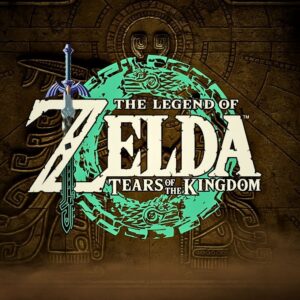




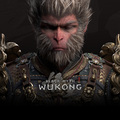

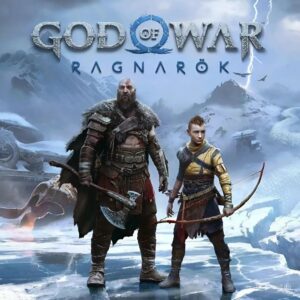
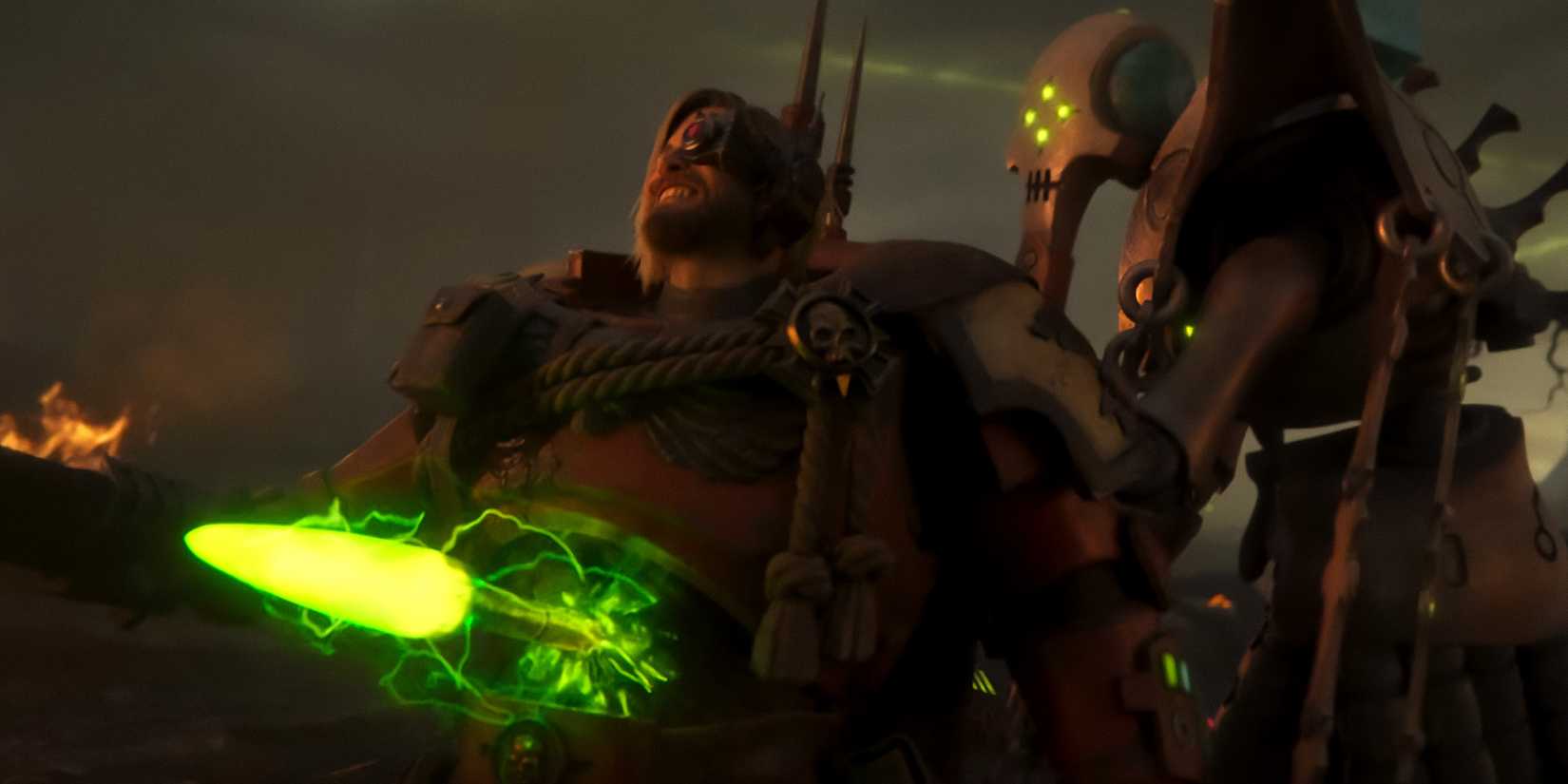 Back to Kronus: A Story of Galactic Conflict
Back to Kronus: A Story of Galactic Conflict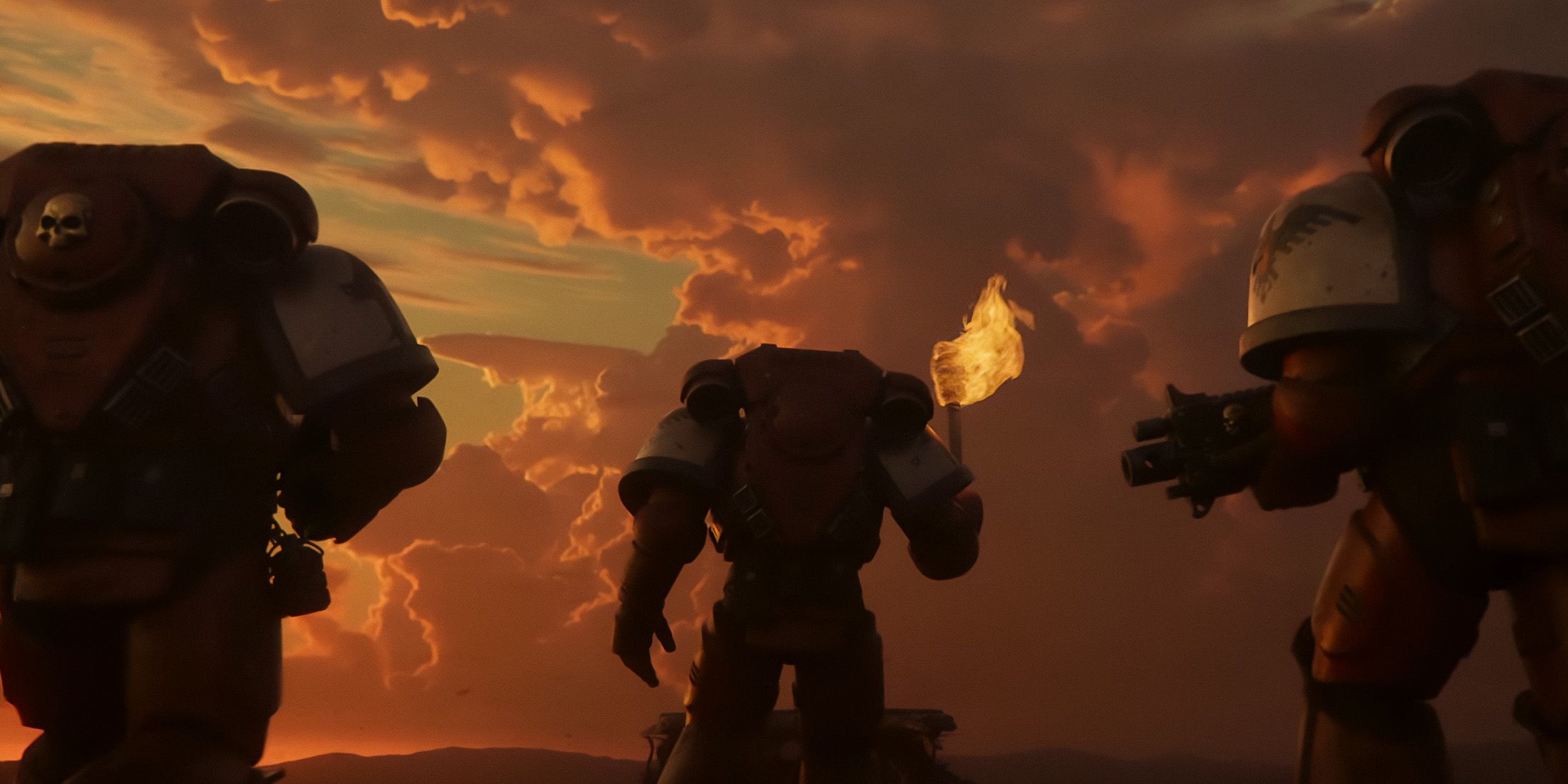 The Future of the Franchise
The Future of the Franchise